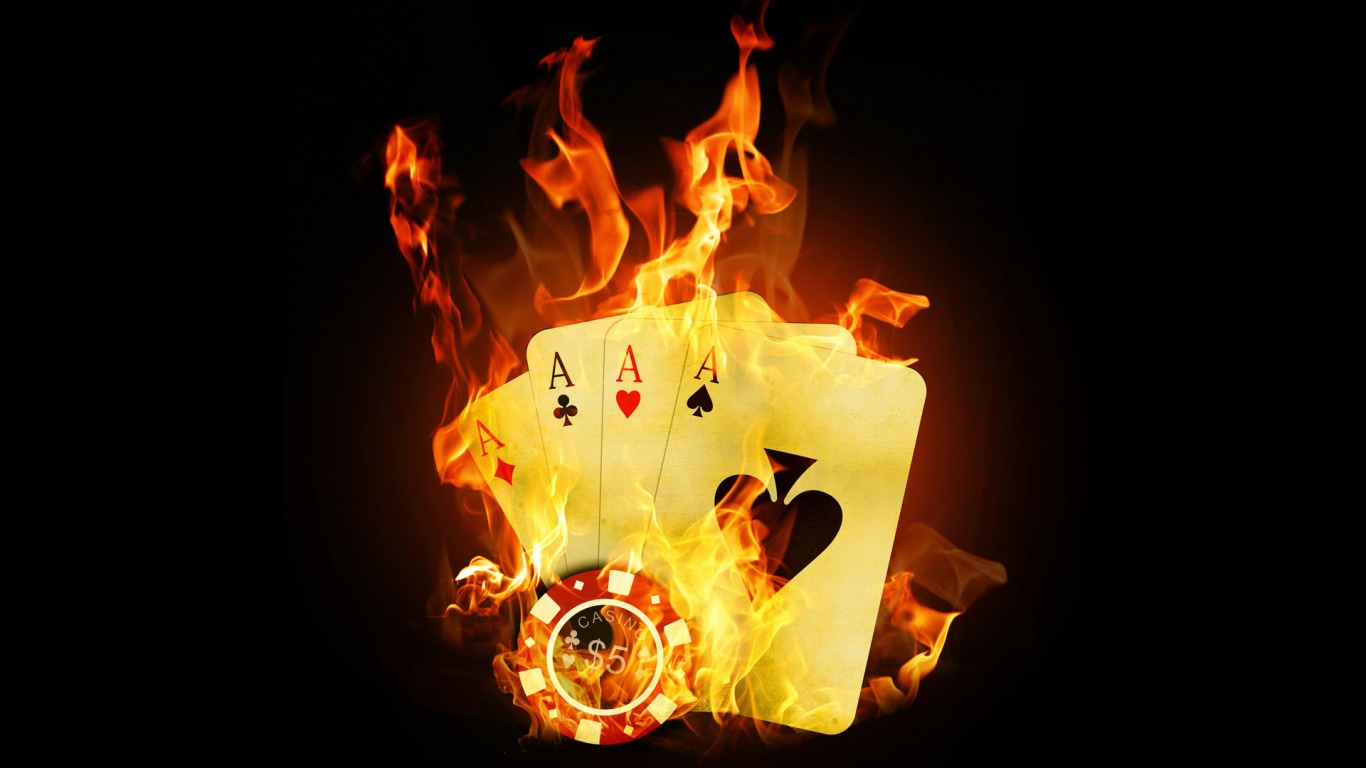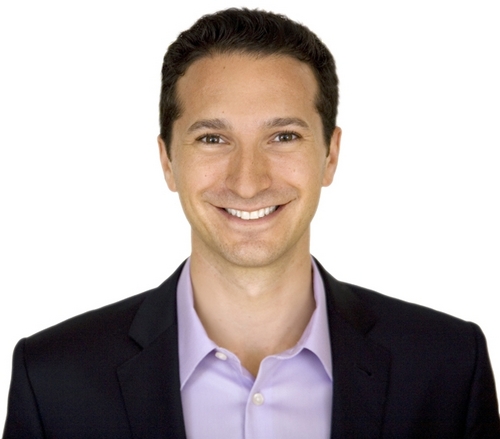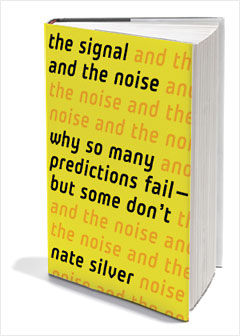
This series of articles has two parts. Given that exists to this day thousands of poker books (enter "poker" on Amazon to convince you), I thought you do a ranking of books that I think are essential, short , a review of the best books on poker (cash games, psychology, MTT and SignGo).
Those who know me a bit, know that I love poker books. I try to read everything that seems worthy of interest and I have no problem reading books beginners, just to know how poker is now presented to the players who are new to the world of poker.
6 years now I read poker books, read articles on poker, watch video poker strategy and my passion for poker. For this article, I thought present review books that have marked my development as a poker player.
Every day I read the forums PokerCollectif few years now and frequently I see people who are wondering what are the essential readings for beginners / intermediate players. I hope this review will guide you a little in your next reading choices.
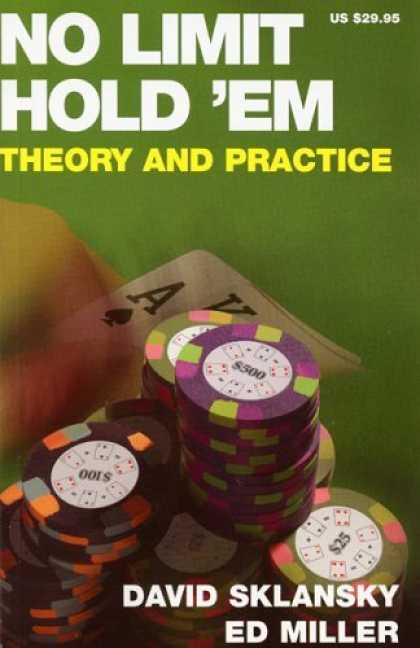 Cash games: No Limit Hold 'em: Theory and practice by David Sklansky and Ed Miller
Cash games: No Limit Hold 'em: Theory and practice by David Sklansky and Ed Miller
The first true poker book I read is probably No Limit Hold'em: Theory and Practice by David Sklansky and Ed Miller. At the time, in my head, poker was a simple game of chance and especially when the options were limited (bet, call, fold, raise). It really is this book that opened me to the complexity of the game and mathematics of the game
Sklansky's book is divided into two parts and each part is in turn divided into several parts. On the one hand, the "Concepts and weapons" and the other, called the "Basic" part that wants useful to the second part I would say more theoretical "practice".
From the outset, the authors announce their departure theorem which freely, said: "Every time you play a hand differently if you knew of or the hands of your opponents, you make a mistake." This simple phrase had opened my eyes to something. Whenever it was my turn to play, a bit like failure, there was a shot better than others, a "perfect" shot and I had to guess. To take the example of chess, when whites for example want to put the king in check and there are two movements that permit, without necessarily superior to the other (do not say that no matter moving, the opponent's king in check and will therefore both blows equivalent). The same is true in poker.
The "Basic" part to be the "guide" of one who just wants to minimize mistakes. It will seek to further equip the player showing him:
Manipulate the size of potsS'ajuster correctly size stacksGagner the battle of the erreursLire mainsManipuler his opponents so that they make more mistakes than they should
The rest of the "Fundamental" section will detail these points as well as several other key aspects of hold'em poker no limit.
The second part is in my opinion more "interesting" as we enter the heart of the matter with clear concepts, statements as a joke, that can apply to all of our poker sessions.
Even if this work dates back a few years, the re-leafing, I realize that it is still valid for beginners and several concepts are still present!
Sklansky is very active on the forums twoplustwo and has long been considered an authority in the writings relating to gambling (in addition to writing about poker, he also wrote on the Black Jack and on gambling in general) .
Definitely a must read for all serious gamers! Some players will surely speak of the Green Book by Phil Gordon, but this book (IMHO) is more for beginners who do not want to have too much content at once and would like to read a lighter and concise book .
Gordon's book is still interesting, but not at the height of book Sklanksky.
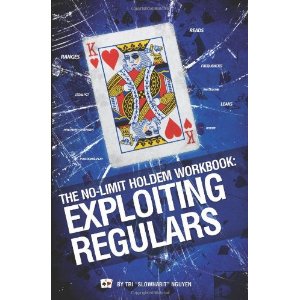 Cash game: regular beat
Cash game: regular beat
When you play small limits, you often play against different players every day. The player pool is so big that you can meet new players every day, but the higher you climb limits and the player pool is small and therefore, you will play more against those that are called the regular. It is therefore extremely important to be able to beat these regular.
Usually, a regular is a player who does not make major mistakes (he often has a fairly strong technical game), but can be a player that fits poorly (especially at the lower limits and those many multi-table) .
The usual grinders the NL100 will play the classic style on tables 9-12 and will not bluff enough and do not go enough to adapt.
The book The NL Workbook by Tri Nguyen at DailyVariance interested in this subject and offer you a few lines to vary your game You talk particularly the importance of balancing the game versus regular not be an easy player read, you better explain how to read them regulars who, precisely, will be easy to read, etc.. You will also examples for placing overbets (have you in your game?) And you talk about the importance of several factors that you might not consider when you play poker against these regular.
Upon his release, the book was selling for $ 300. Today, if you decide to buy the ebook format, it will only cost you $ 10. At this price, it is a "snap call." Although this book teaches you one thing, I am convinced that this new knowledge will save you more than $ 10 poker tables. A + EV investment then!
Speaking of another investment ridiculously well placed, always at DailyVariance, The Poker BluePrint, a duet written by Tri Nguyen and Aaron Davis item. For players who destroy the NL200, nothing new, but a well written, concise and very interesting to learn the basics to be a good solid player and winner on the tables of NL100 (range, position book, float, image the bluff, equity, usability, etc.). Again, for $ 10 ($ 100 sold there not so long ago), this ebook is clearly money it costs!
 Tournaments: Harrington on Hold'em
Tournaments: Harrington on Hold'em
Later, when I wanted to tournaments, I needed a book that would specialize in tournaments and so I heartily recommend is the trilogy of Dan Harrington, champion of the Main Event of the World Series of Poker 2005 (at the time, his 1st position gave him $ 1M).
The trilogy is cut according to the stage of a tournament. The first volume named Strategic Play (2004) discusses the basic concepts of the tournament, a glossary and addresses important topics basic to master when playing poker tournaments (pot odds, starting hand, bluff, conscience its image, image consciousness of others, etc.).
The second volume (The Endgame published in 2005) deals with the later part of the tournament, when the ratio between the stack and the size of the blinds change (when our stack comprises less than big blinds to be more precise). It is also in this book that we speak for the first time in detail the concept of "M" in the tournament. "M" is the number of round table that you can afford with his stack considering the size of the blinds. For example, if my stack is 2000 chips and the blinds are 50/100 ante without my M is 13.3 (2000/150). Our style of play will vary depending on the size of the M, of course.
The third and final part is entitled The Workbook (2006) and, as its name suggests, is a book of practical examples for the reader to work what he has learned in previous volumes.
This trilogy has long been considered the "nuts" in terms of strategy books on poker tournaments. Although volumes 1 and 2 are still relevant for beginners, books like Winning Poker Tournaments One Hand at a Time (Vol. 1 and 2) by Jon Turner and Eric Lynch are in my opinion more relevant and more modern than the Workbook Harrington.
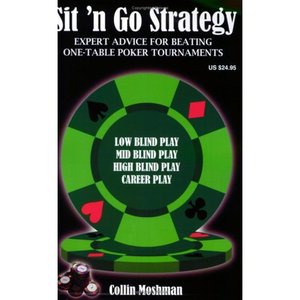 SitNGo: Sit'n Go Strategy
SitNGo: Sit'n Go Strategy
When I'm interested in SnG tournaments, no book had yet been written on the subject. Shortly after edition was published by Two Plus Two Publishing (2007), a comprehensive book on the subject; Sit'n Go Strategy. To this day, I think it is the most complete and concise book on the form of SnG tournaments. Obviously, the game has evolved and to maintain, it will be important to continue to work on his game, be an observer and analyst of his opponents, in addition to viewing several hours of video strategy, but to have a solid foundation, this book is that I read better.
In addition, I recommend reading the book (slightly more technical) book Phil Shaw Secrets of Sit 'n' Gos: Winning Strategies for Single-table Poker Tournaments Editions D & B Poker. The explanation of the ICM (Independent Chip Model) is also detailed in the book Moshman. For other books on the ICM, see Kill Everyone by Lee Nelson, a book that looks as much as sitNgos tournaments.
Heads-up: Heads-Up No-Limit Hold 'em
Later, the same Moshman published editions book on SnG heads-up (Heads-Up No-Limit Hold 'em: Expert Advice for Winning Heads-Up Poker Matches) one of the few books have been written on the heads- up. One of the few other books have been written on the heads-up is Heads-up Poker by Paul Wasicka, but this item is in standby since the dawn of time and its output had to be postponed at least 3 times.
Also in the heads-up, one of the chapters of the book of Bobbofitos alias Rob Eckstut (coach at Leggopoker.com) is interesting. Bobbofitos has there some years, published what he called his "bible" of poker, a book that had tongues wagging with its high price ($ 750). In his seminal text, articles were attached between 5 and 15 pages including the Dichotomy of heads-up play, a short essay on the art of playing heads-up. This text is mainly oriented on knowledge of his opponent and the adjustment that must make when playing heads-up (one bluff an opponent much too tight, our opponent realizes begins to caller more light and we start to play more tight until our opponent himself again become more tight, etc). Whoever adjusts faster wins over the other.
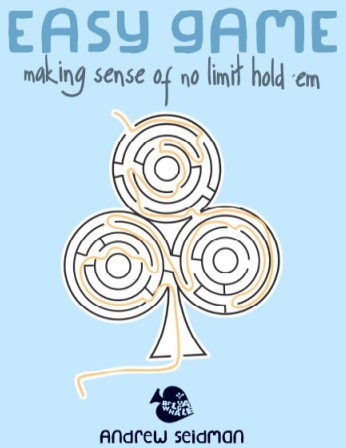 Finally, a text on the heads-up game that has impressed me most is probably the text of Matt Colletta entitled Advanced heads-up play, published in the book Easy Game Baluga Whale's (sold $ 950 upon its release for both volumes). This text is the result of his first text Introduction to Heads-up play published in Volume 1 of the same item. Passing over the lead is particularly interesting. Matt Colleta is known to MatthewRyan on TwoPlusTwo forums and under the name "Checkmate824" tables on Full Tilt Poker. At work at work Baluga he was earning more than $ 200,000 heads-up tables on FTP.
Finally, a text on the heads-up game that has impressed me most is probably the text of Matt Colletta entitled Advanced heads-up play, published in the book Easy Game Baluga Whale's (sold $ 950 upon its release for both volumes). This text is the result of his first text Introduction to Heads-up play published in Volume 1 of the same item. Passing over the lead is particularly interesting. Matt Colleta is known to MatthewRyan on TwoPlusTwo forums and under the name "Checkmate824" tables on Full Tilt Poker. At work at work Baluga he was earning more than $ 200,000 heads-up tables on FTP.
In addition to these articles, I very highly recommend the video series published by Phil Galfond BlueFirePoker on advanced heads-up strategies (Advanced Heads-up Strategy Part 1, 2 and 3). The interesting aspect of this series is that we see how a world class player adapts to his opponent in real time according to the history between the two players. This is a series recorded in real time and not earlier review with a replayer.
Discuss this article on the forums PokerCollectif: Classic poker books for serious players - Part 1 of 2

